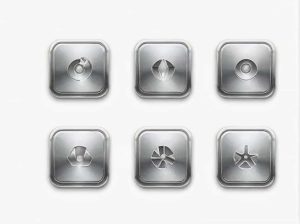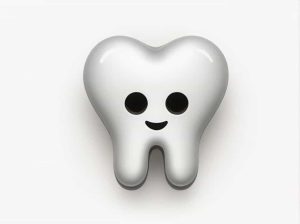Fumigants are widely used in agriculture pest control and industrial applications to eliminate insects rodents fungi and bacteria. These substances play a crucial role in protecting crops stored goods and structures from infestations and contamination.
But what exactly is a fumigant and how does it work? This topic explores its meaning uses chemical composition and safety considerations in detail.
1. Definition of Fumigant
A fumigant is a chemical compound that exists in gaseous or vapor form and is used to eliminate pests pathogens and harmful microorganisms. Unlike sprays or powders fumigants penetrate deep into materials making them effective in treating enclosed spaces like warehouses soil and packaging.
1.1 Characteristics of Fumigants
- Highly volatile and can spread quickly.
- Effective in enclosed spaces with minimal residue.
- Used for large-scale pest control in storage facilities and agriculture.
- Toxic to living organisms requiring strict safety measures.
2. How Do Fumigants Work?
Fumigants function by disrupting the biological processes of pests. Once released they:
- Penetrate deeply into the infested area.
- Affect the respiratory system of insects and rodents.
- Destroy microorganisms such as fungi bacteria and viruses.
- Evaporate after treatment leaving minimal chemical residue.
Because of their gaseous nature fumigants are ideal for treating large storage spaces soil and even shipping containers.
3. Common Types of Fumigants
3.1 Methyl Bromide
- Widely used for soil fumigation and quarantine treatment.
- Banned or restricted in many countries due to environmental concerns.
3.2 Phosphine (PH₃)
- Used to protect stored grains and food products.
- Highly toxic to insects but leaves no residue.
3.3 Hydrogen Cyanide (HCN)
- Used in historical pest control and industrial applications.
- Highly dangerous and requires strict handling.
3.4 Sulfuryl Fluoride (SO₂F₂)
- Commonly used in structural fumigation (e.g. termite control).
- Odorless gas requiring warning agents.
3.5 Chloropicrin (CCl₃NO₂)
- Often mixed with other fumigants to enhance effectiveness.
- Strong irritant making it useful as a warning agent.
4. Applications of Fumigants
Fumigants are essential in various industries ensuring the safety and preservation of materials.
4.1 Agriculture and Soil Treatment
- Controls soil-borne pests nematodes and fungi.
- Prepares soil before planting crops.
4.2 Warehouse and Storage Protection
- Prevents infestation in grains nuts and dry food products.
- Used in bulk storage facilities silos and shipping containers.
4.3 Pest Control in Buildings
- Eliminates termites bedbugs and other household pests.
- Applied in large-scale fumigation of homes and commercial buildings.
4.4 Industrial and Medical Uses
- Used to sterilize medical equipment and laboratory spaces.
- Prevents contamination in pharmaceuticals.
5. Advantages of Fumigants
- Highly effective against pests and pathogens.
- Can penetrate deep into materials and enclosed spaces.
- Leaves minimal residue when properly applied.
- Works in both agricultural and industrial settings.
6. Safety and Environmental Concerns
While fumigants are effective they are highly toxic and require careful handling.
6.1 Health Risks
- Inhalation can cause respiratory issues nausea or poisoning.
- Direct exposure can result in skin irritation or burns.
6.2 Environmental Impact
- Some fumigants like methyl bromide contribute to ozone depletion.
- Proper regulation and alternatives help reduce environmental harm.
6.3 Safety Measures
- Use protective gear when handling fumigants.
- Ensure proper ventilation before re-entering fumigated spaces.
- Follow regulatory guidelines to prevent overuse or misuse.
7. Regulations and Alternatives
Many governments have restricted or banned harmful fumigants promoting safer alternatives.
7.1 Regulatory Measures
- Agencies like the EPA (Environmental Protection Agency) and WHO (World Health Organization) set strict guidelines.
- Some fumigants require licensed professionals for application.
7.2 Eco-Friendly Alternatives
- Biopesticides that use natural microorganisms.
- Controlled Atmosphere (CA) methods that remove oxygen to suffocate pests.
- Essential oil-based fumigants such as clove and neem oil extracts.
8. Fun Facts About Fumigants
- Fumigation dates back to ancient times when people burned sulfur to kill pests.
- Some countries use carbon dioxide fumigation as a non-toxic alternative.
- Termite fumigation tents are designed to contain gases while eliminating infestations.
A fumigant is a chemical substance used in gaseous form to eliminate pests insects and microorganisms in agriculture storage and buildings. While highly effective fumigants require careful handling due to their toxicity.
With growing environmental concerns safer alternatives are being developed to ensure pest control without harming human health or the ecosystem.



